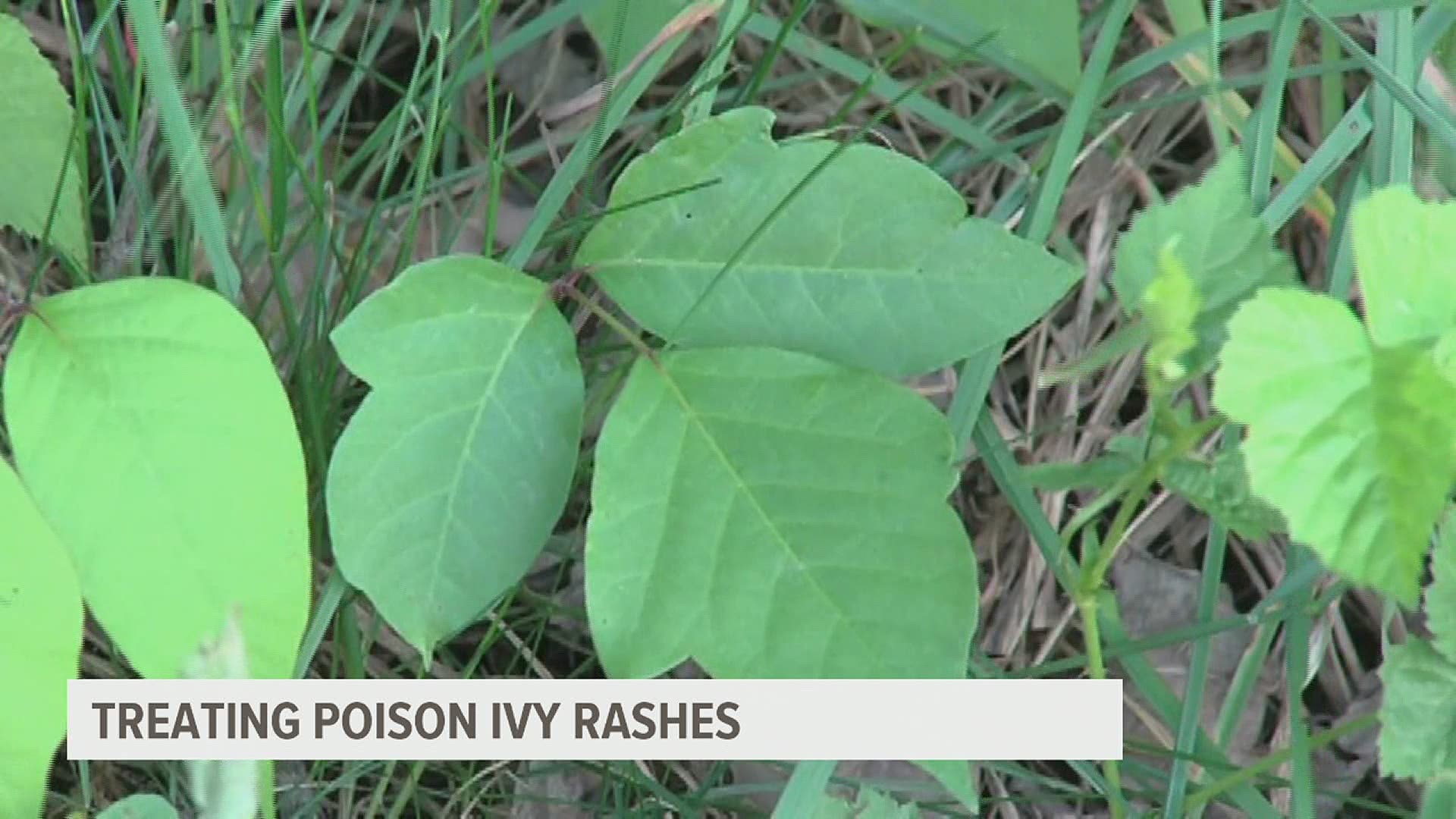MILLERSVILLE, Pa. — Editor's note: The above video is from June 2021.
Now that the weather is allowing more and more people to get outdoors, they're starting to encounter that common seasonal antagonist: Poison ivy.
The nuisance plant seems to be everywhere this spring, but a local expert says there's no more poison ivy around this year than in previous years.
"I expect the increase in cases is due more to people doing more work in their gardens/yards," said Dr. Ryan Wagner, a plant physiologist and chair of the biology department at Millersville University. "(It's) an extension of changed behavior in response to COVID."
All about poison ivy
Wagner claims birds are often the source of poison ivy in gardens and yards.
"The plant produces fruits, which are a common food source for birds," he says. "The birds deposit the seeds in their droppings. Anecdotally, this spring I found poison ivy under some of my trees in my yard where it was never present before. This is a good example of animals acting as vectors to distribute a plant species.”
Poison ivy can be found across the U.S. and throughout the East Coast. Wagner says it does not need certain temperatures or moisture to thrive.
“It does like full sun," he said. "Environmentally, temperate conditions that support deciduous trees tend to be perfect conditions for poison ivy.”
While someone could get poison ivy on their face if it’s being burned, Wagner says it’s not naturally in the air.
“The reactive chemical, urushiol, is spread via contact," he said. "If someone gets it on their face, it’s usually because they unknowingly touched the plant or something the urushiol was transferred to. The chemical can be spread from contaminated surfaces (tools, etc.) for months to years after the initial event if they are not cleaned.”
Leaves of three, let it be?
Wagner says poison ivy has compound leaves that are made up of three leaflets. Those compound leaves are alternate on the stem and it can grow as a small plant, a shrub or climbing vines.
“There is a lot of variation, so seeing different examples of the plant from different areas is helpful," he says. "The edge of the leaflets can be 'entire,' 'toothed,' or 'lobed.'
"The leaves can be glossy or matte. The newly emerging leaflets can be a reddish color."
Wagner says there is also a lot of variation in sensitivity to the urushiol chemical in poison ivy.
“Some people are highly sensitive, and others are highly insensitive," he says. "In some cases, people’s sensitivity may change as they age.”
And, what’s the best way to get rid of it?
“Mechanical removal can be successful but may require multiple sessions to be effective," Wagner says. "If viable stem portions are left in the soil, they can grow back. Chemical treatment (glyphosate herbicide) is most effective."
The best advice to not get poison ivy?
Wagner says “actively researching the plant to get a sense of what to look for is the best preventative. Practice makes perfect in applying this info, so think about the plants you are about to touch.”

